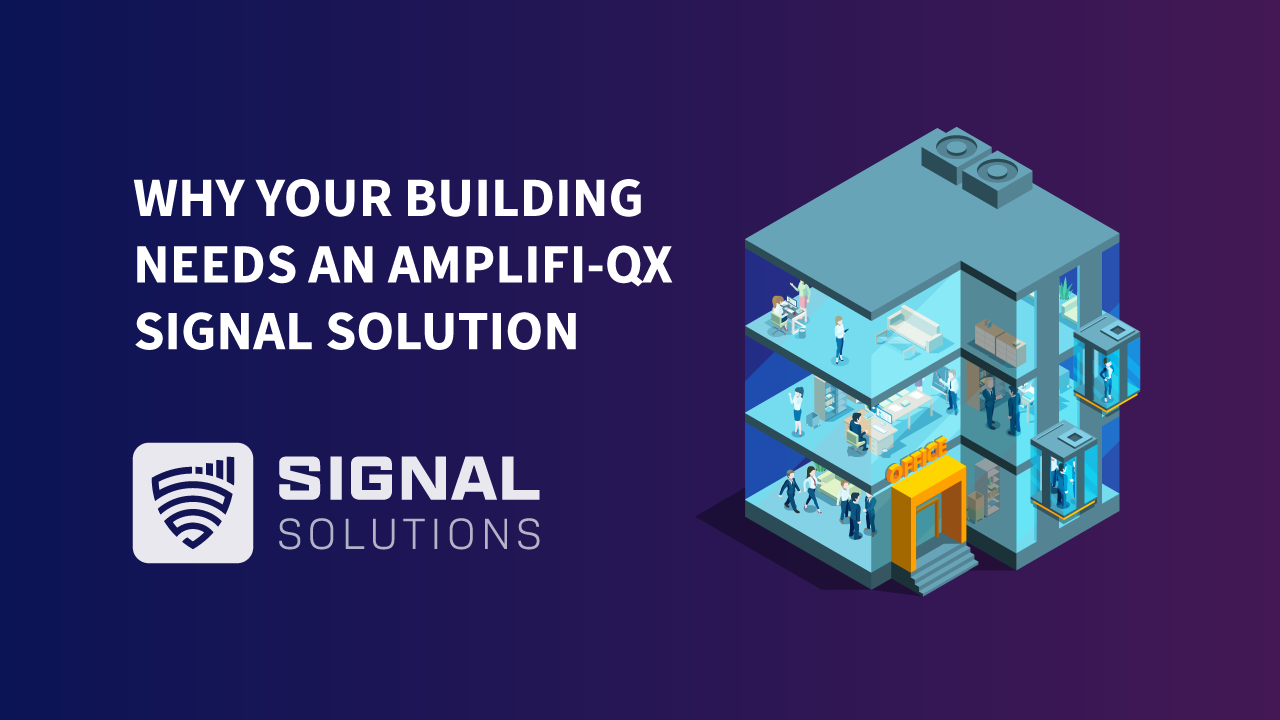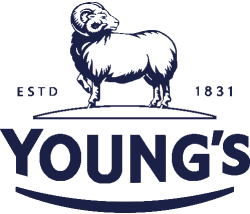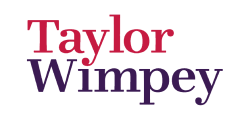The evolution of mobile signal technology has come a long way, transforming how we communicate and connect. From 1G to 5G networks, mobile tech has rapidly evolved. But how did we get here, and what challenges still remain?
In this blog, we’ll explore the evolution of mobile signal technology from 1G to 5G and explain why signal boosters are still essential for reliable connectivity, even as networks advance. Whether you’re in a rural area or a building with thick walls, signal boosters remain crucial in overcoming weak reception challenges.
The Dawn of Mobile Communication: 1G and Its Challenges
In the early days of mobile communication, first-generation (1G) networks revolutionised the ability to make voice calls on the move. This was a significant leap, using analogue signals to transmit voice data over radio waves. Before 1G, communication was mostly limited to landlines, so being able to call from almost anywhere was groundbreaking.
However, 1G had substantial limitations, marking an early stage in the evolution of mobile signal technology. Call quality often suffered due to static interference and dropped connections, and the network struggled to support large numbers of users in crowded areas. Coverage was unreliable, leaving many rural and remote locations without a signal. This era highlighted the need for better network capacity and functionality.

How 2G Transformed Mobile Communication
The shift to 2G didn’t just improve call clarity; it also increased network security, making it harder for calls to be intercepted. However, as technology has continued to evolve, 2G networks have now largely been phased out in the UK, with many providers switching them off to make room for faster, more advanced networks like 4G and 5G.
At Signal Solutions, we’ve seen how the evolution of mobile signal technology and how this has impacted connectivity. Our signal boosters help bridge the gap, ensuring reliable service even as older networks are retired and as new networks advance.

The 3G Revolution
However, 3G is now being phased out in the UK to make way for newer technologies like 4G and 5G, which offer faster speeds and greater capacity. Despite these advancements, issues with signal strength will still occur, especially inside buildings where radio waves struggle to penetrate thick walls. At Signal Solutions, we specialise in mobile signal boosters, which amplify weak signals, ensuring reliable connectivity even in areas where coverage might be weak.

4G vs 5G: What’s the Real Difference?

Boosting Your Signal: A Solution for Weak Reception Indoors
With years of experience, our team is dedicated to improving mobile performance in even the most challenging environments. Our advanced Nextivity CEL-FI systems provide consistent and strong coverage, allowing your business to function without disruption.

6G and Beyond: Will Signal Boosters Still Be Required?
The future of mobile technology with 6G promises incredible advancements, from ultra-fast speeds to AI integration and real-time data processing. It could transform industries with automation and offer new possibilities. However, even with 6G, signal challenges like poor building penetration and coverage in remote areas will persist.
That’s why signal boosters will remain vital, ensuring strong connections as networks evolve. At Signal Solutions, we know that advanced networks alone won’t solve all signal problems, and boosters will still play a key role. Additionally, with the focus on sustainability, future boosters will also contribute to reducing energy consumption and environmental impact.
Stay tuned for next weeks blog post about the future of mobile connectivity – ‘The Next Wave: Cutting-Edge Technologies in Mobile Signal Boosting!!’


















